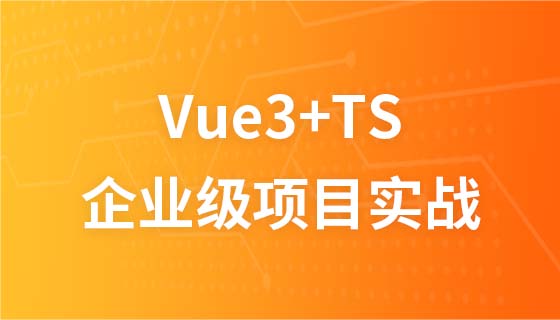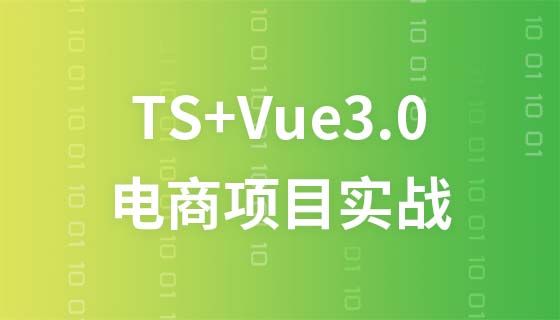TypeScript 中的参数共享允许组件间共享参数,实现跨组件状态维护和数据变更共享。通过 @Input 装饰器传递父组件参数,使用 @Output 装饰器定义子组件事件,以便在子组件状态改变时通知父组件。参数共享提高复用性,简化状态管理,允许子组件向父组件发出通知,但应谨慎使用,避免大量数据共享或不必要的参数共享。

TypeScript 中的参数共享
参数共享是 TypeScript 中一项强大的功能,允许在组件的不同实例之间共享参数。这在需要跨多个组件维护状态或共享数据变更的情况下非常有用。
如何实现参数共享
要实现参数共享,可以使用 @Input 和 @Output 装饰器:
@Input 用于将父组件传递给子组件的参数公开。@Output 用于在子组件中定义事件,当子组件发生状态改变时,该事件会向父组件发出通知。示例
以下示例说明了如何在 TypeScript 中使用参数共享:
// 父组件
@Component({
selector: 'parent-component',
template: `<child-component [sharedParameter]="sharedValue"></child-component>`
})
export class ParentComponent {
sharedValue = 'Initial Value';
}
// 子组件
@Component({
selector: 'child-component',
template: `<button (click)="emitValue()">Update Value</button>`
})
export class ChildComponent {
@Input() sharedParameter: string;
@Output() sharedParameterChange = new EventEmitter<string>();
emitValue() {
this.sharedParameterChange.emit('Updated Value');
}
}在这种示例中:
parent-component 通过 sharedParameter 属性传递参数值给 child-component。child-component 使用 sharedParameter 作为其 @Input 装饰的子组件的参数。child-component 中的按钮被点击时,emitValue() 方法调用 sharedParameterChange 事件,它向 parent-component 发出通知。parent-component 可以监听 sharedParameterChange 事件并相应更新其 UI。优点
参数共享提供以下优点:
注意事项
使用参数共享时需要注意以下事项:
@Output 事件传播给父组件。以上就是typescript中的参数分享的详细内容,更多请关注php中文网其它相关文章!

每个人都需要一台速度更快、更稳定的 PC。随着时间的推移,垃圾文件、旧注册表数据和不必要的后台进程会占用资源并降低性能。幸运的是,许多工具可以让 Windows 保持平稳运行。




Copyright 2014-2025 https://www.php.cn/ All Rights Reserved | php.cn | 湘ICP备2023035733号